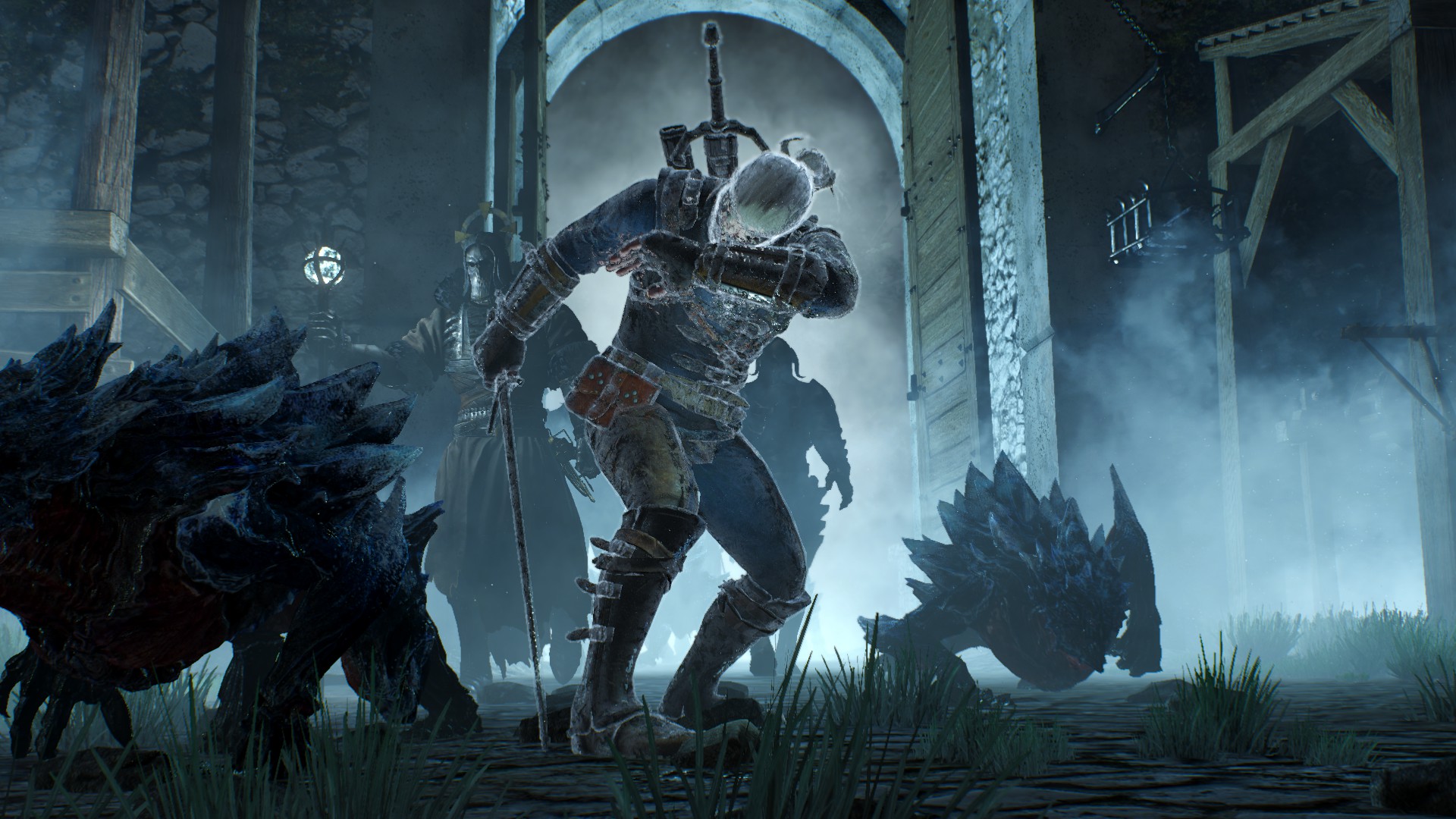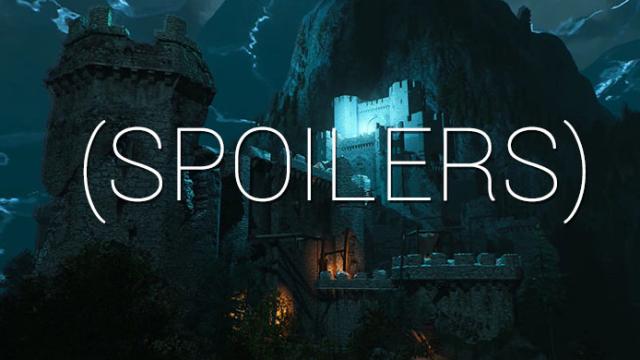The Witcher 3 is an incredible video game, one I’m still playing a year after release. One of the main reasons it’s so good is that, for a big open-world game, everything actually comes together and works.
You take that for granted while playing, but considering the scale of the map, the way combat is handled and the many variables at play depending on your words and actions, making sure everything ran smoothly and seamlessly sounds like a nightmare for the developers.
Which it was. There’s a cool Q&A with two of The Witcher 3’s quest designers (Pawel Sasko and Mateusz Tomaszkiewicz) over on the game’s forums, which is a must-read for anyone who’s played through the game and wondered how epic and memorable quests like The Bloody Baron and The Battle Of Kaer Morhen came together.

Here are some highlights.
SPOILERS AHEAD
Pawel Sasko on camera angles and weather in cutscenes:
Our open world also affected our Cinematic designers in a tremendous way — we had to foresee what angle certain NPCs could be approached at, so that cutscene fit well with gameplay. The same applies to weather, wandering animals or strange times of the day that the player decided to show up and talk to the character — all of those small things we had to take into consideration. Our embedded and proficient QA team helped us tremendously here by spotting all the small issues and fixing them. Currently we have a pretty clear idea of how to do such things, but it took us years to figure out.
Pawel Sasko again on the Battle of Kaer Morhen:
In 11 years of my career as a quest designer, I have never implemented such a technically challenging quest as ‘Battle of Kaer Morhen’. From the early state of paper design we knew that it was going to be a huge and complicated quest — and it turned out to be even worse than we expected. Players could have between 9 and 16 characters supporting them, depending on all other things they did — and those characters could appear in any possible combination, plus some of them had to have additional separate scenes (for instance: the dialog with Roche and Ves confronting Letho). I had to make sure that every player who brought a unique set of characters had a quality experience that would stay with them for a long time.
Another level of complication in ‘Battle of Kaer Morhen’ was with the gameplay mechanics — each character has something unique to offer that I had to design and implement, while some of the mechanics had to have synergies (for example: if Zoltan is in Kaer Morhen, he brings his explosive barrels; if Roche and Ves are there, they are shooting flaming arrows — but if they are all in Kaer Morhen, Roche and Ves shoot the explosive barrels first to ignite them and blow up the Wild Hunt). All scenes and gameplay situations were designed to give the player a reward from what they did in all the quests before. At the end, I was proud of what we managed to achieve and I’m grateful that I was working on it.
And here’s Mateusz Tomaszkiewicz on having to juggle handholding the player, in-game dialoguie and the realities of modern video game development:
As for handholding, which is basically the essence of your other question, it’s complicated — personally I prefer games with less handholding. I loved, for example, how original Gothic games made you find places based on directions from the dialogue. We discussed this many times in the studio, however we considered two issues with this approach applied to our game — first of all, it requires stellar level design and a guarantee that our levels won’t change significantly during the production process, so that the information in the dialogue won’t become obsolete and misguiding. For example, if an NPC tells you to turn right by Mount Doom, it would be awfully problematic if the artists moved Mount Doom at the last minute because it didn’t fit the composition, wouldn’t it? Things like this were not uncommon in our projects, so it would be risky. Secondly, we had to consider the gigantic scale of the world in The Witcher 3.
You can read the whole interview here.
(via VG247)

Comments
One response to “The Witcher 3’s Big Battle Sounded Like A Nightmare To Make”
Love the amount of thought process and effort that went into the witcher 3 (the whole series actually). One of the best games ever made, i just love how each witcher game evolved and became better!